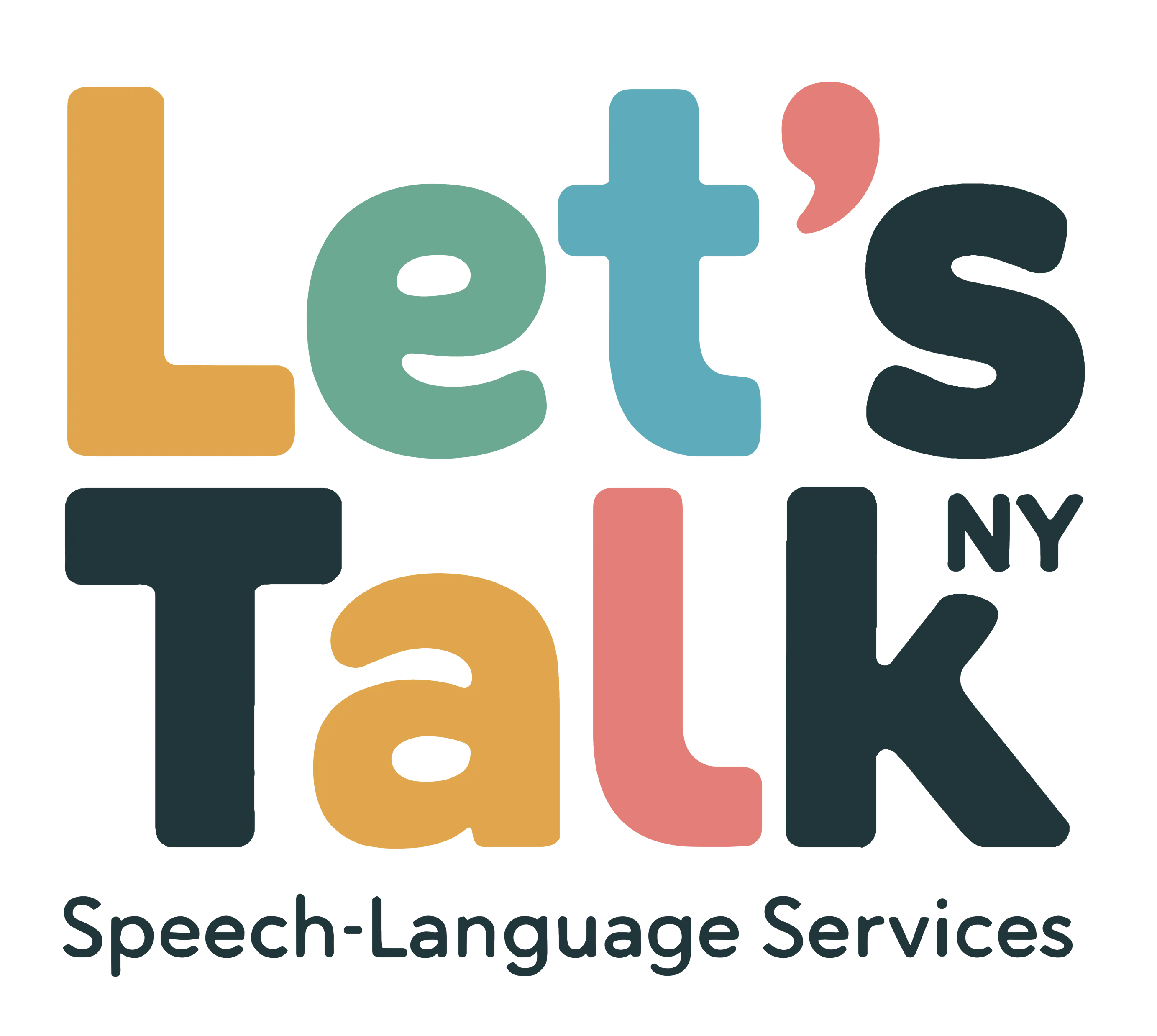Weekly Blog: Debunking AAC Myths – Are Prerequisite Skills Necessary?

Welcome back to our Let’s Talk NY weekly blog series on Augmentative and Alternative Communication myths. Last week, I explained why AAC should not be considered a last resort in speech-language intervention. This week, I’m addressing a closely related myth that frequently creates barriers to communication access.
This Week’s Myth: “Children must have certain skills before they can benefit from AAC”
This myth is particularly persistent in clinical practice. I often hear statements like, “He needs to demonstrate cause-effect understanding first” or “She doesn’t have the attentional skills for AAC yet.” Such prerequisites might include:
- Certain cognitive abilities
- Specific motor skills
- Demonstrated cause-effect understanding
- Particular attention span
- Symbol recognition
- Specific communicative intent
What the Research Shows:
The evidence shows that:
-
Learning happens through doing
Children learn the skills needed for AAC by actively using AAC systems, not by mastering prerequisites in isolation.
-
Communication is a basic right
Access to communication should not be contingent on demonstrating specific skills.
-
Presumption of potential
Research supports approaching all individuals with the assumption that they may be able to communicate when provided with appropriate tools and support.
My Clinical Observations:
Throughout my career, I’ve worked with many children who were denied AAC because they supposedly lacked “prerequisite skills.” When finally given access to appropriate communication tools, these same children often surprised everyone with their capabilities.
I recall working with children who were deemed “not ready” for symbols but quickly began using picture communication systems when given the opportunity. Others who supposedly “lacked attention” became highly engaged when presented with motivating communication opportunities through AAC.
What I’ve consistently found is that:
- Many skills thought to be prerequisites actually develop through using AAC
- Children often demonstrate abilities through AAC that weren’t apparent in other contexts
- Motivating communication opportunities tend to naturally elicit the focus and engagement needed
Shifting Our Approach:
Instead of asking “Does this child have the skills needed for AAC?” I believe we should ask:
- “What AAC system might work best for this child right now?”
- “How can we modify the environment to support successful communication?”
- “What motivating opportunities can we create for meaningful communication?”
- “How can we build on the communication skills the child already demonstrates?”
This approach focuses on creating opportunities rather than waiting for readiness—an approach supported by decades of research.
Looking Ahead:
Next week, I’ll address another pervasive myth: “AAC is only for children with intact cognition.” We’ll explore how AAC can benefit children across the cognitive spectrum and why assumptions about cognitive abilities should never limit communication access.
How I Can Support Your Child:
If you’ve been told your child isn’t “ready” for AAC, I can help with:
- Strength-based communication assessment
- Identifying appropriate AAC options based on current abilities
- Creating motivating communication opportunities
- Supporting skill development through active AAC use
Contact me today to discuss how your child might benefit from AAC, regardless of their current skill level.
Reference
Romski, M. & Sevcik, R. A. PhD. Augmentative Communication and Early Intervention: Myths and Realities. Infants & Young Children 18(3):p 174-185, July 2005.
